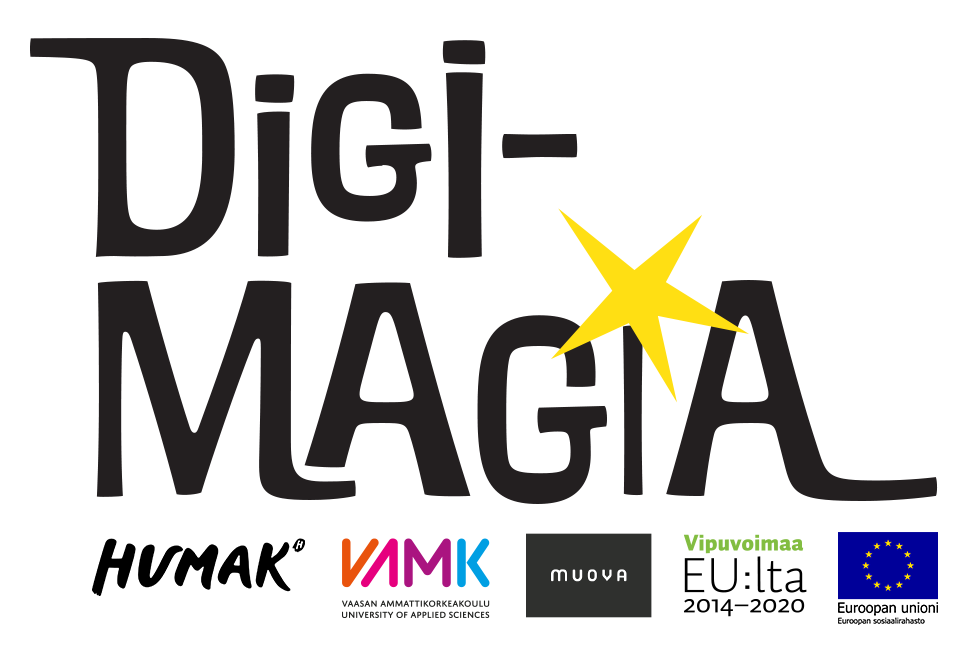Shifting to a different mode of services might be sometimes tricky and leave us unsure about taking that leap. Here are few discussions that will help us to gain different insights into digitalization of the creative field.
- A creative industry is one that produces products and services of artistic, aesthetic or cultural value. The creative sector includes the fields of fashion, arts and crafts, design, photography, film, music and literature. Creative industries are constantly evolving as new technologies are introduced that improve efficiency of service delivery.
- Digital technology has a number of benefits for the creative sector, including better access to tools and expertise. However, the transition to digitalization is not always an easy one. It requires new skills, processes and methodologies, and it can be disruptive to the workflow. To make the transition from analogue to digital as seamless as possible, it’s important to minimize disruptions. By making the transition to digital technology seamless, you’ll save money and time while improving efficiency and uptime. Digitalization has also made it possible to create and distribute content quickly and easily, access to a global audience, and lower production costs.
- Despite the benefits, digitalization has become a major challenge for the creative industry. This involves the ongoing process of digitizing content and processes, using technology to create and distribute content on various platforms. It is also used to create new opportunities in the creative sector by making it easier to share and access content. However, it can also be challenging because many artists and creators prefer to work in analog formats that are not easily replicated digitally.
- Additionally, digitalization can disrupt traditional business models by putting pressure on companies to find ways to keep up with changing consumer tastes. And while there are many benefits to digitalization, it can also have negative impacts if not managed properly. For example, it can affect how people experience art and culture in museums and galleries because it reduces the need for physical spaces. Also, the audience experience online can remain shallower and less immersive, possibly also less socially shared than a multisensory live event experienced together with others. It can also lead to copyright infringement as people share unlicensed copies of copyrighted works online.
As everything else, there are pros and cons to digitalization of services and having an overview can help us to prevent the cons and tweaking it to make it work to our benefit.
TEXT | Srushti Shah
References:
Image link: person holding crystal ball photo – Free Canada Image on Unsplash


